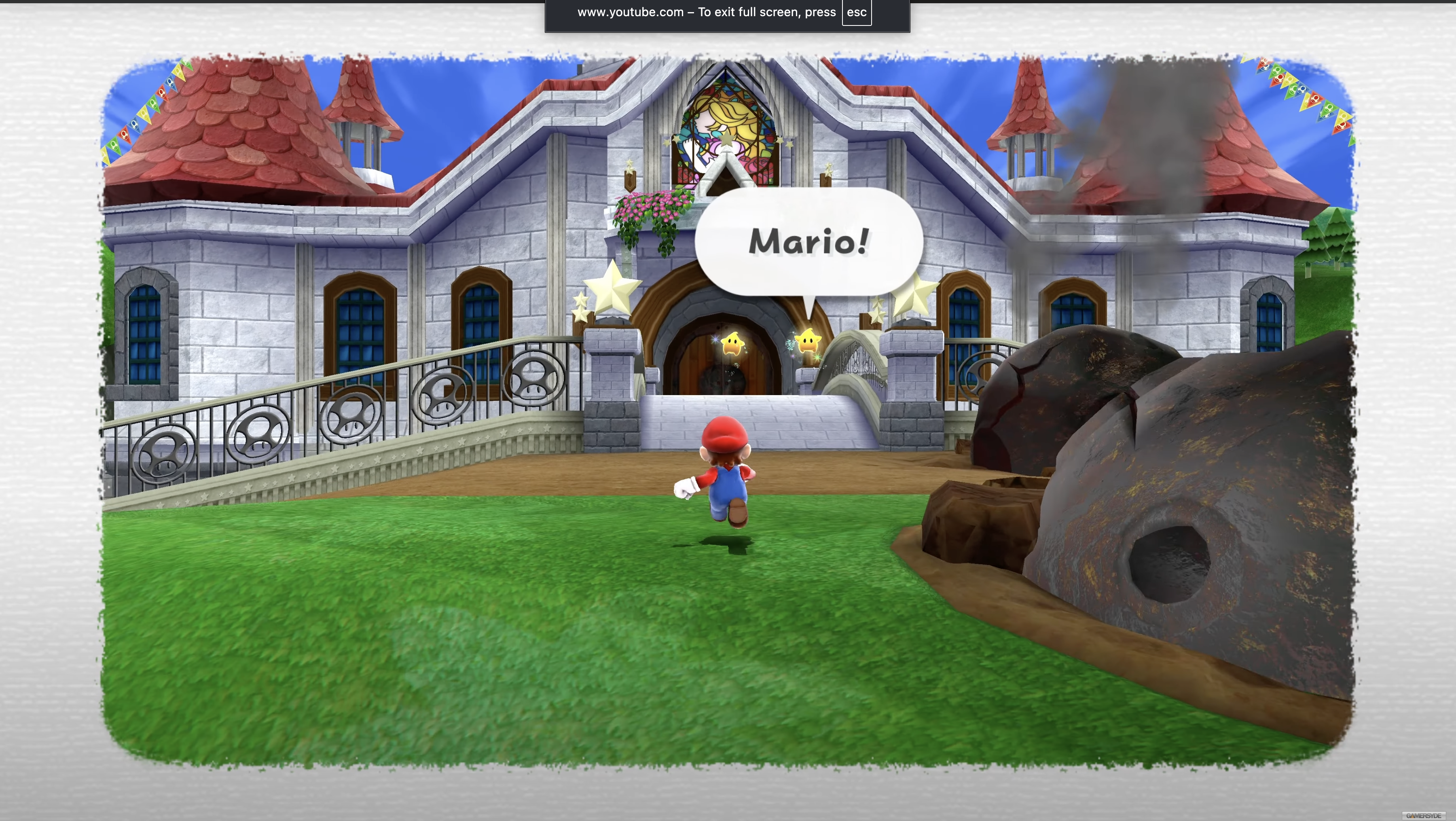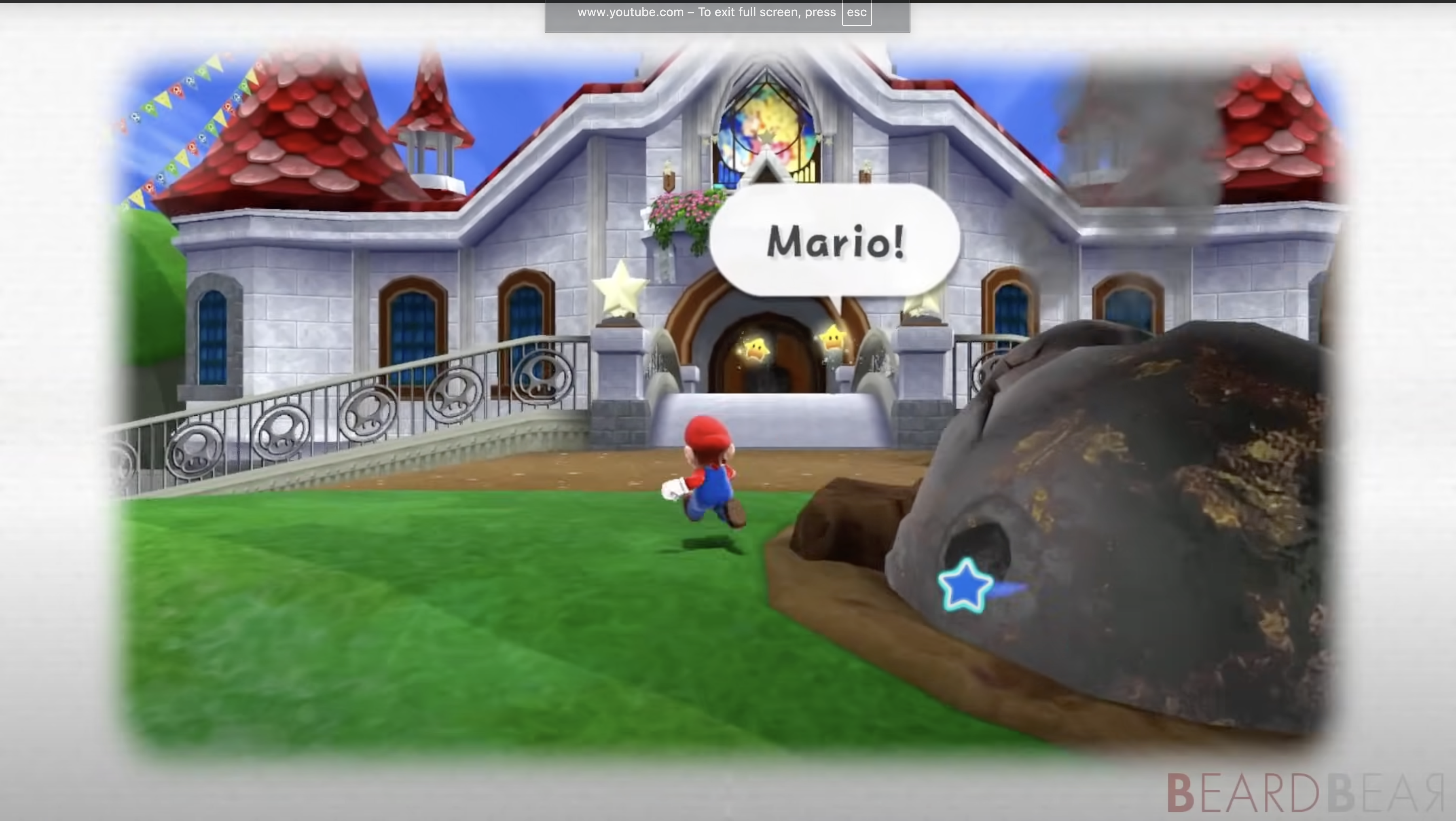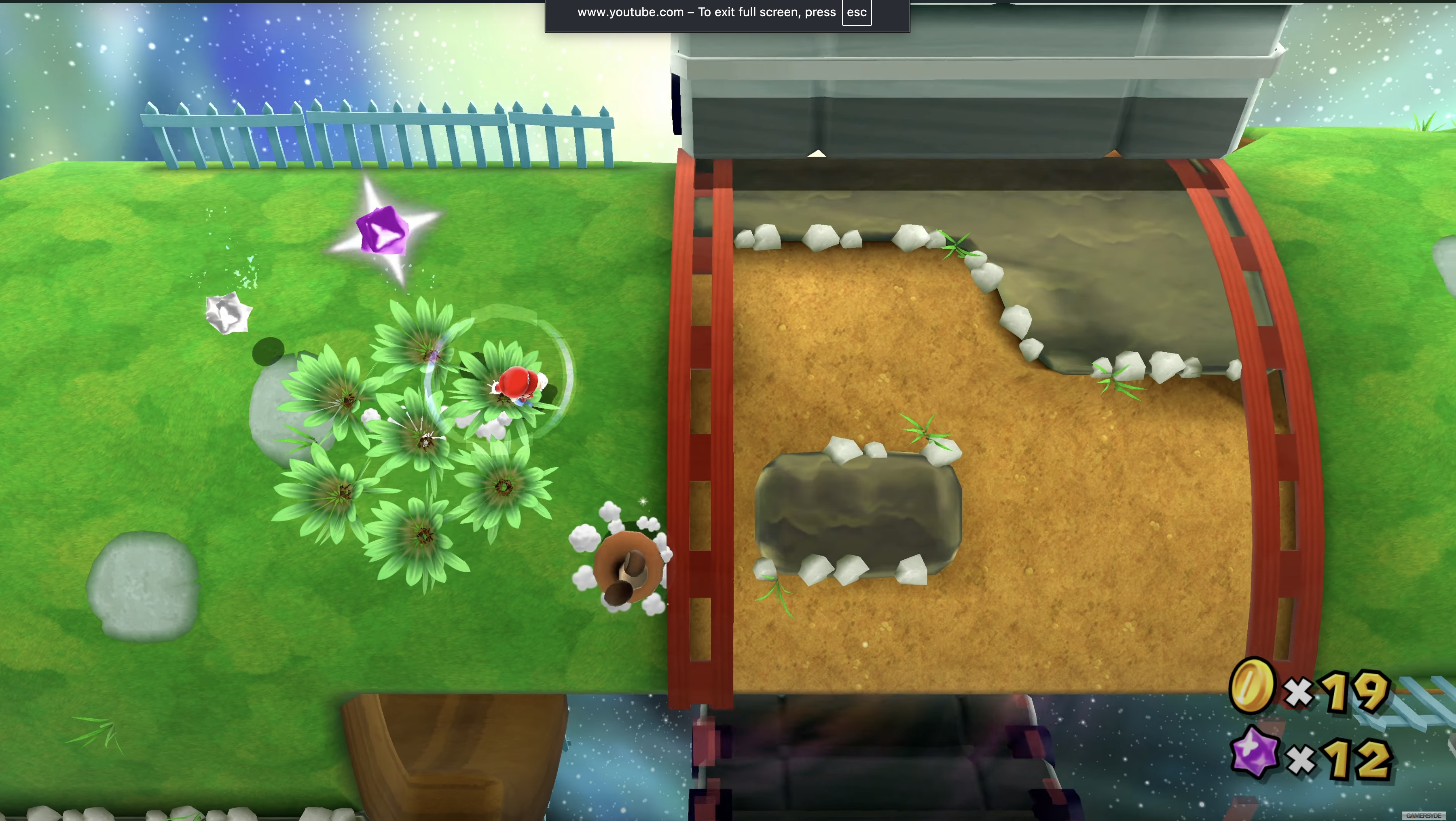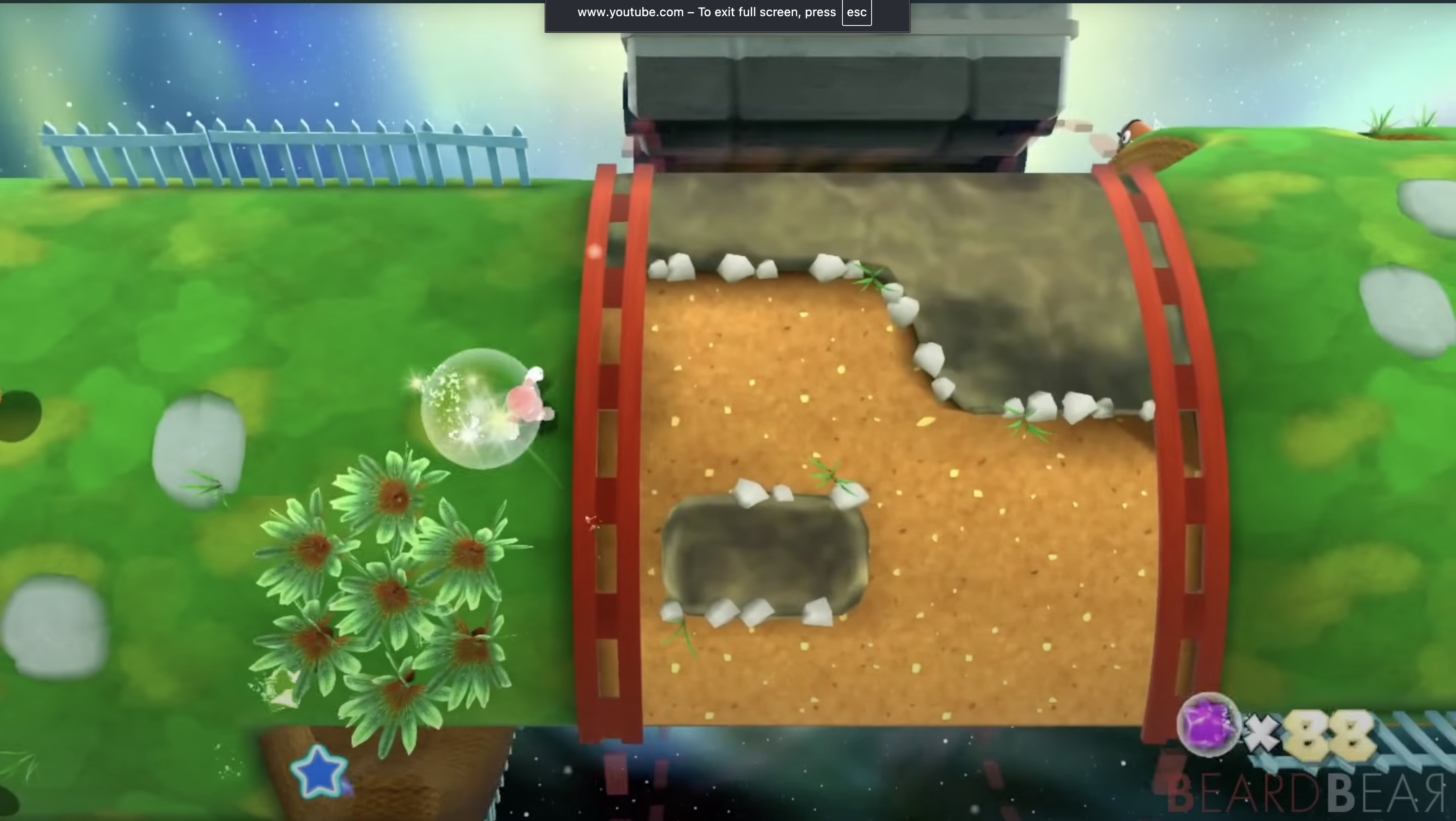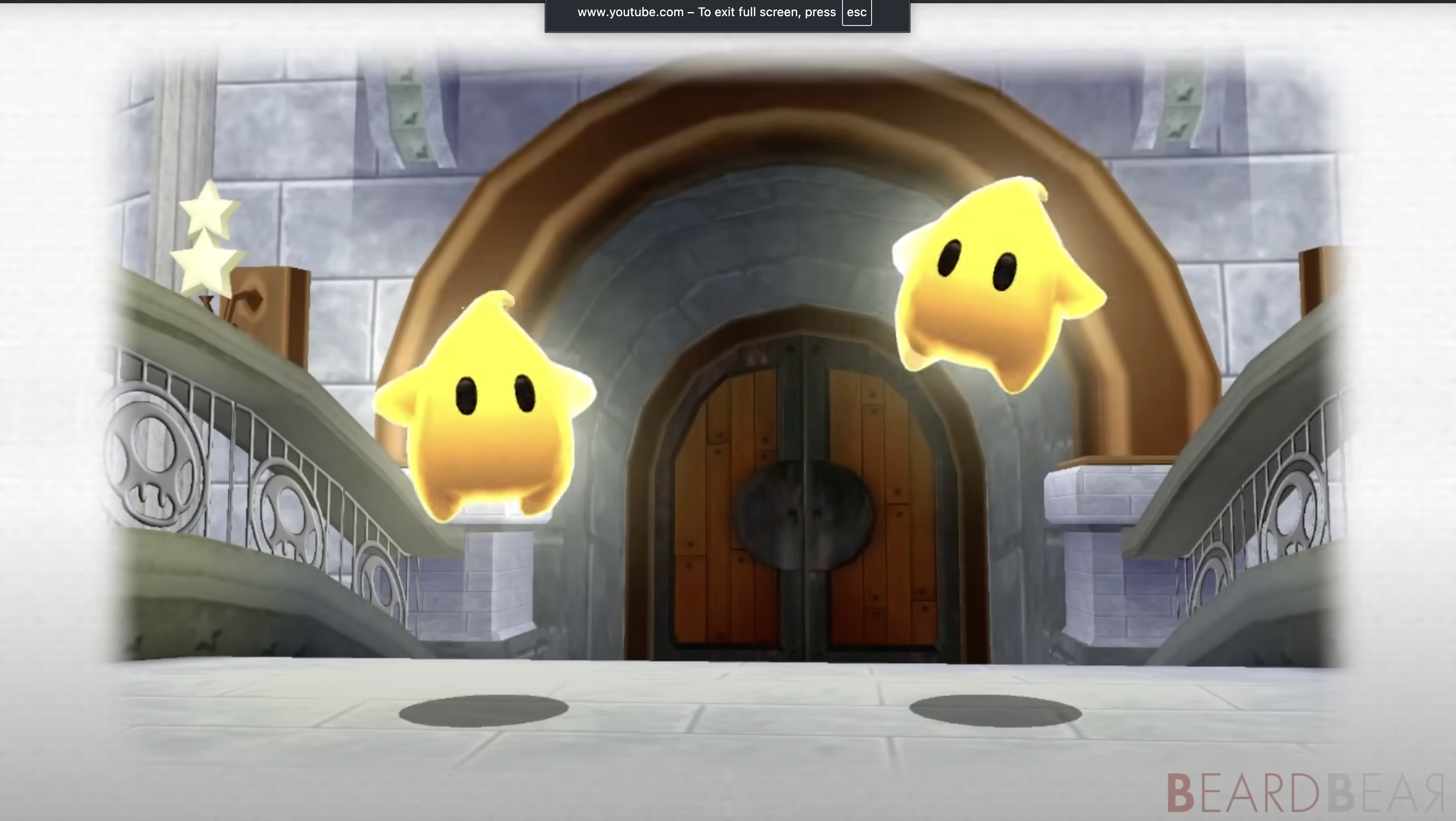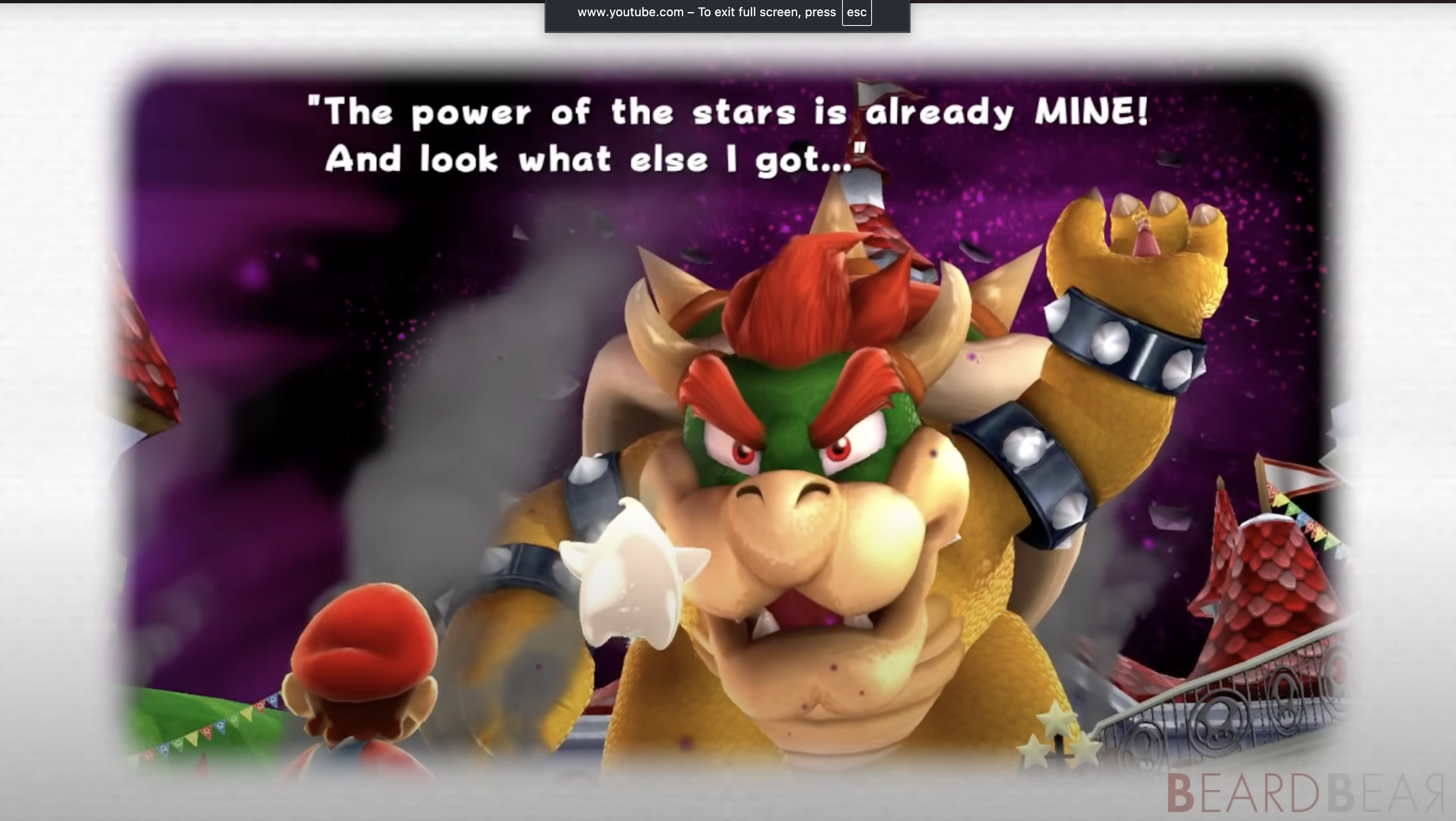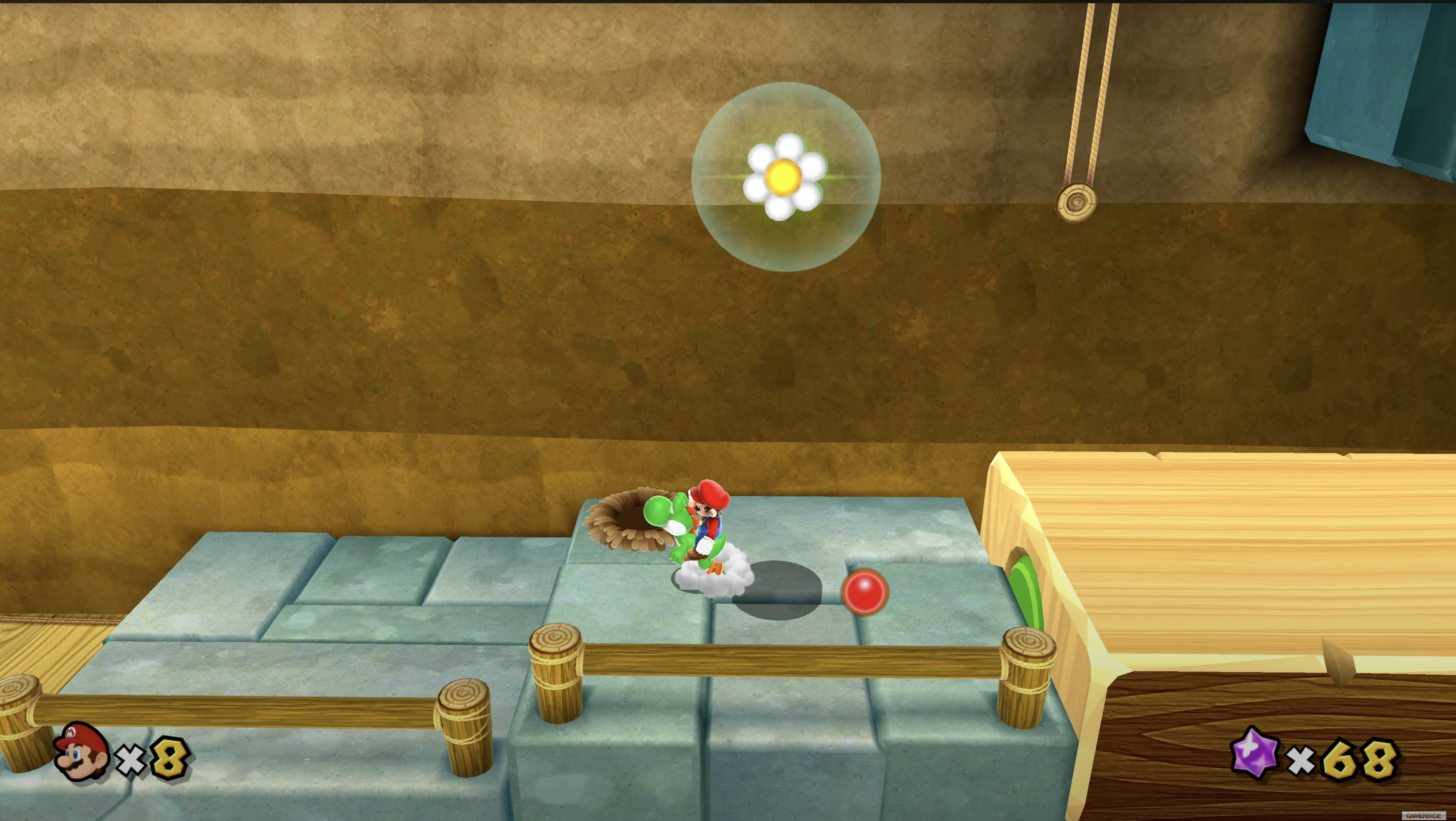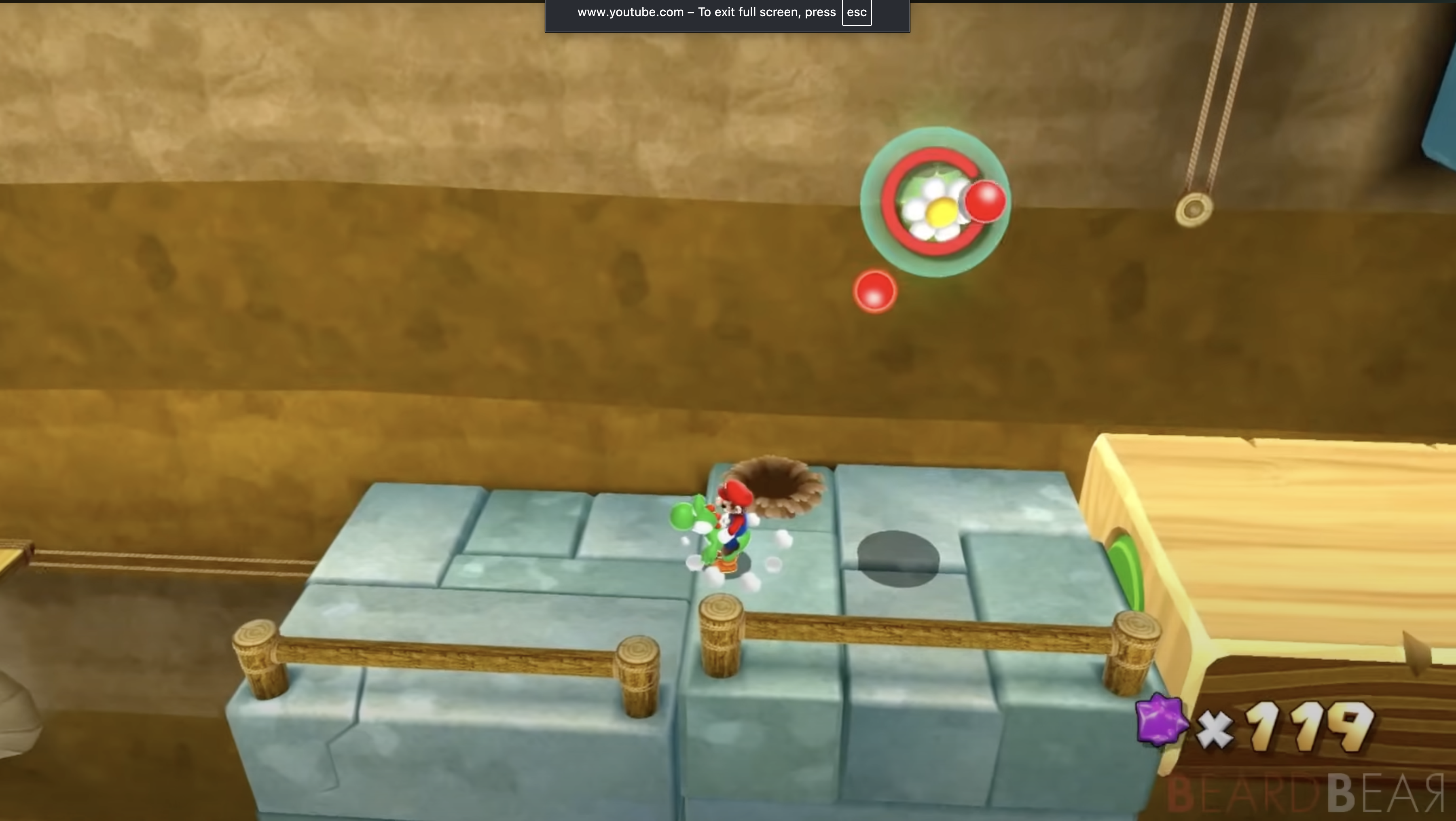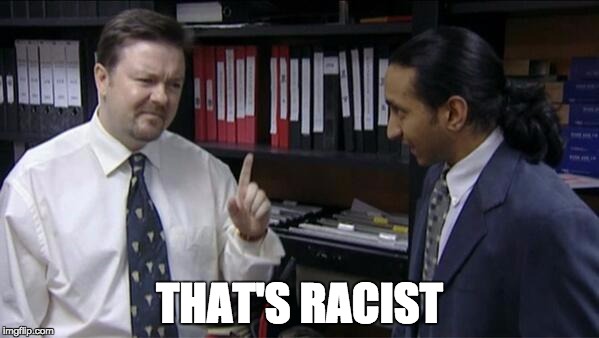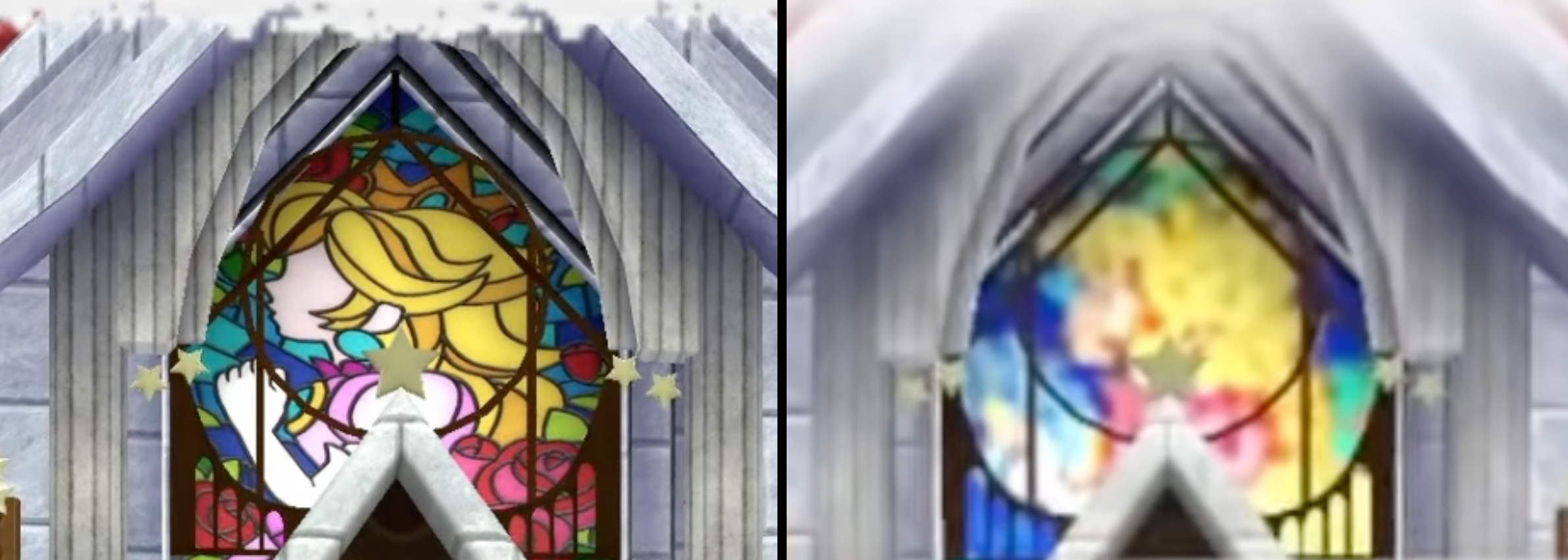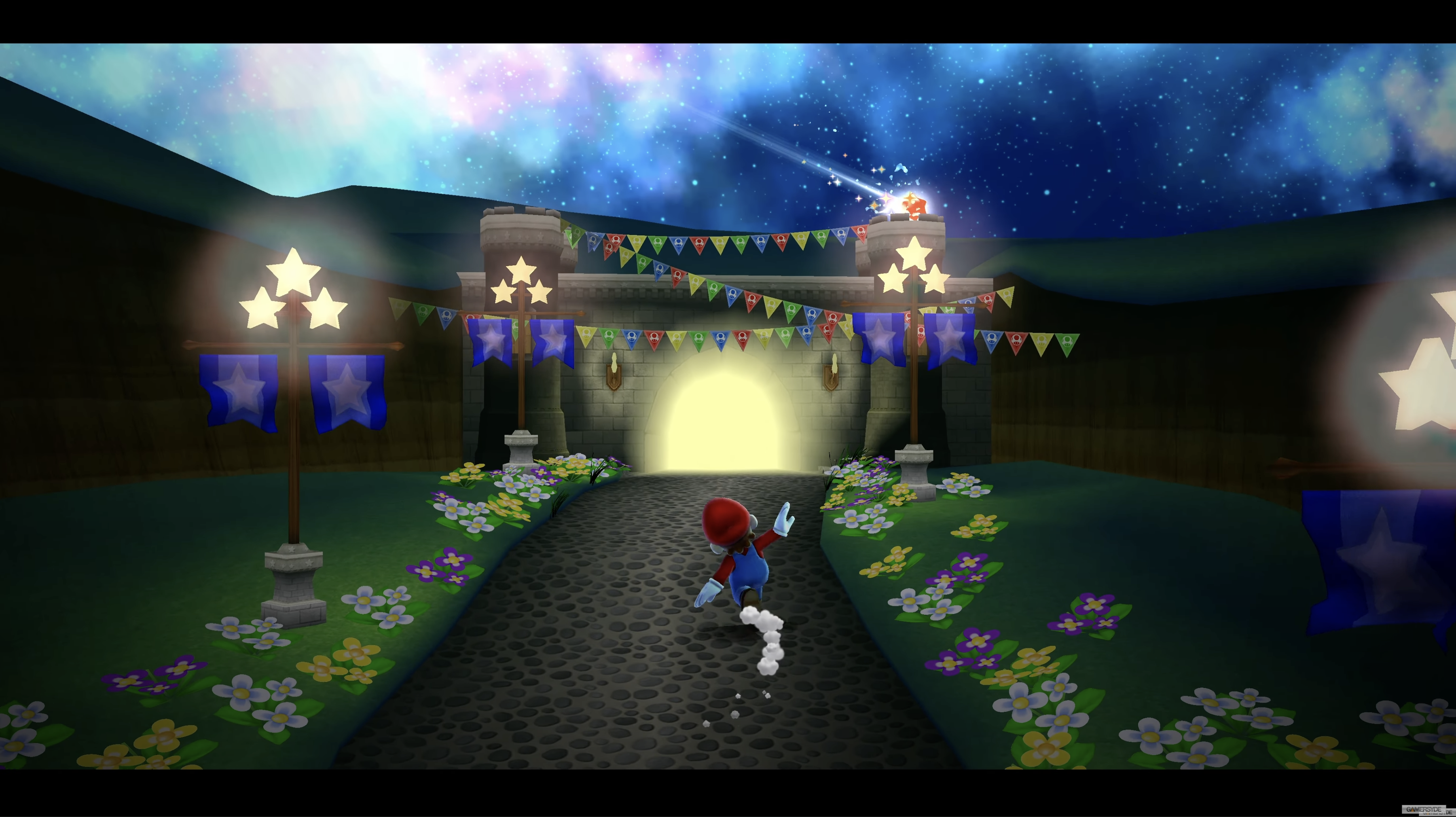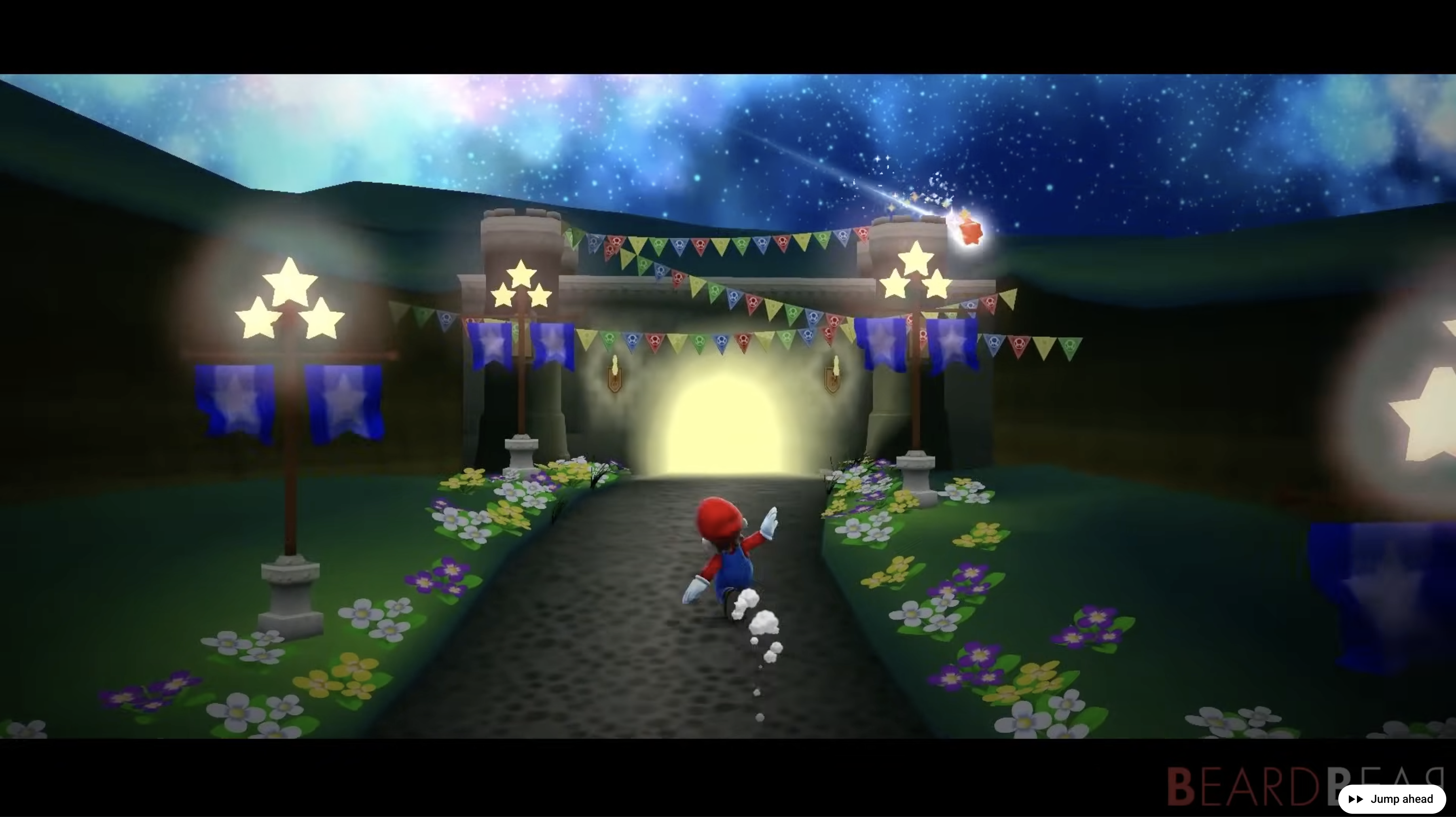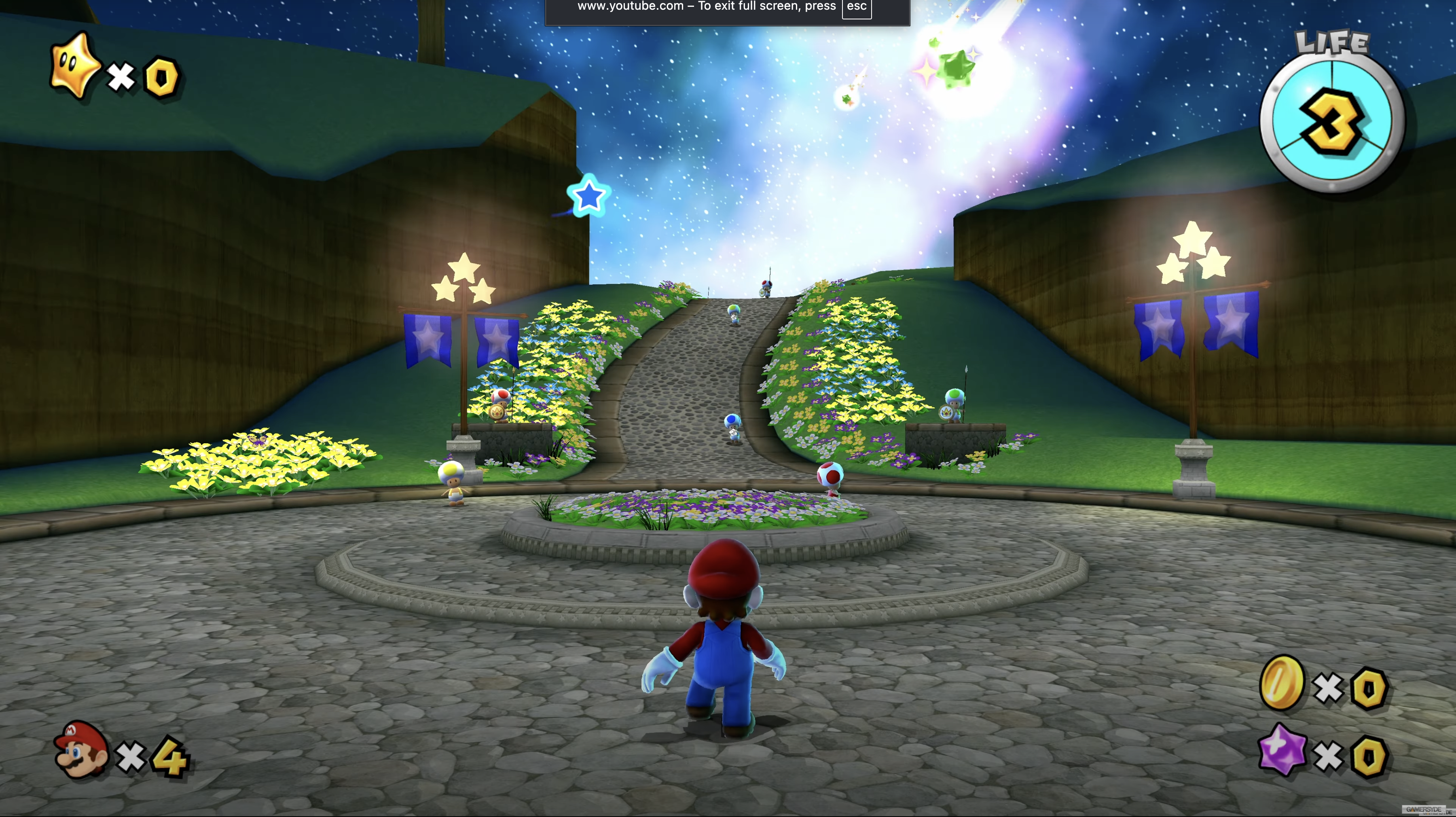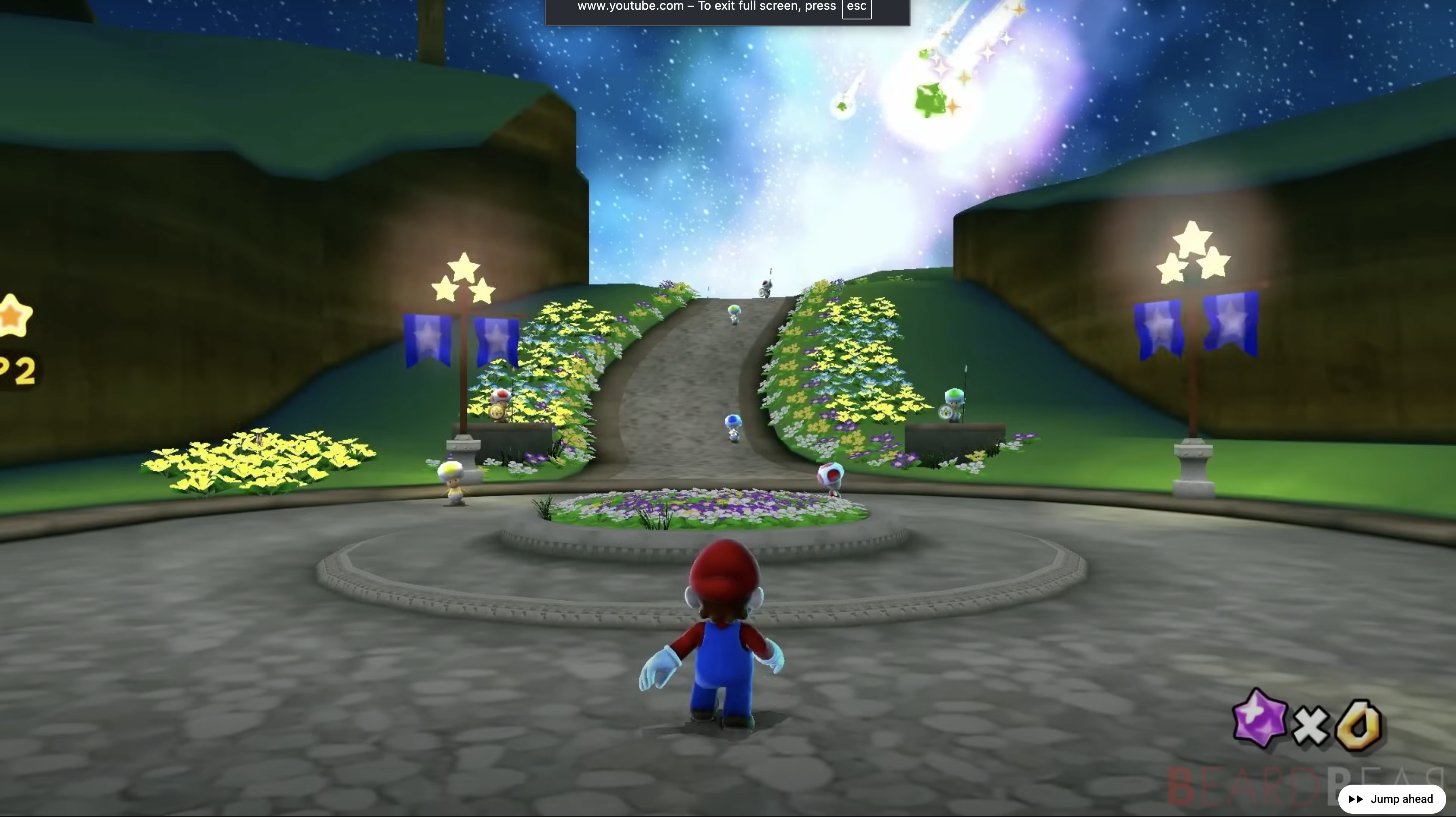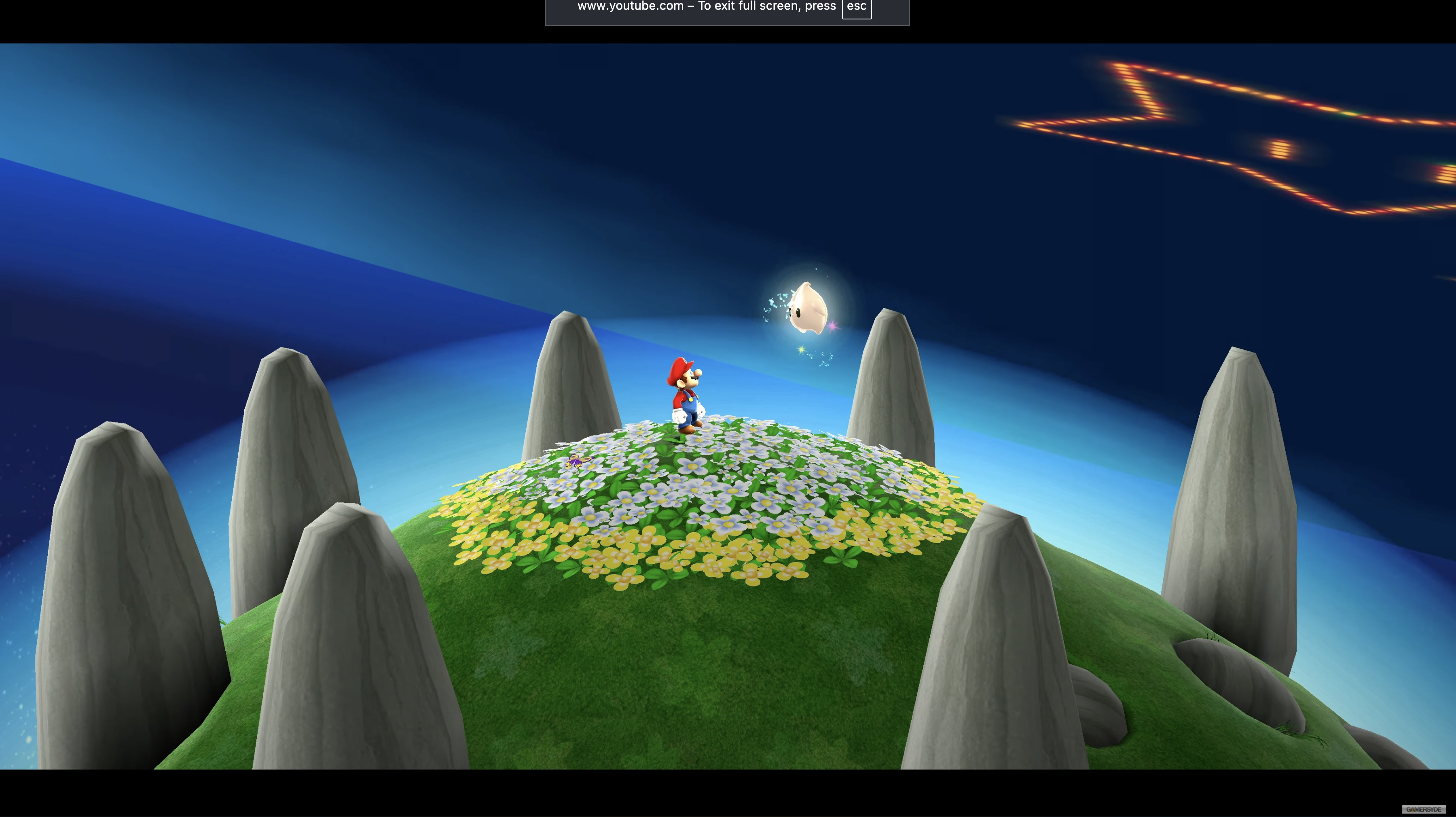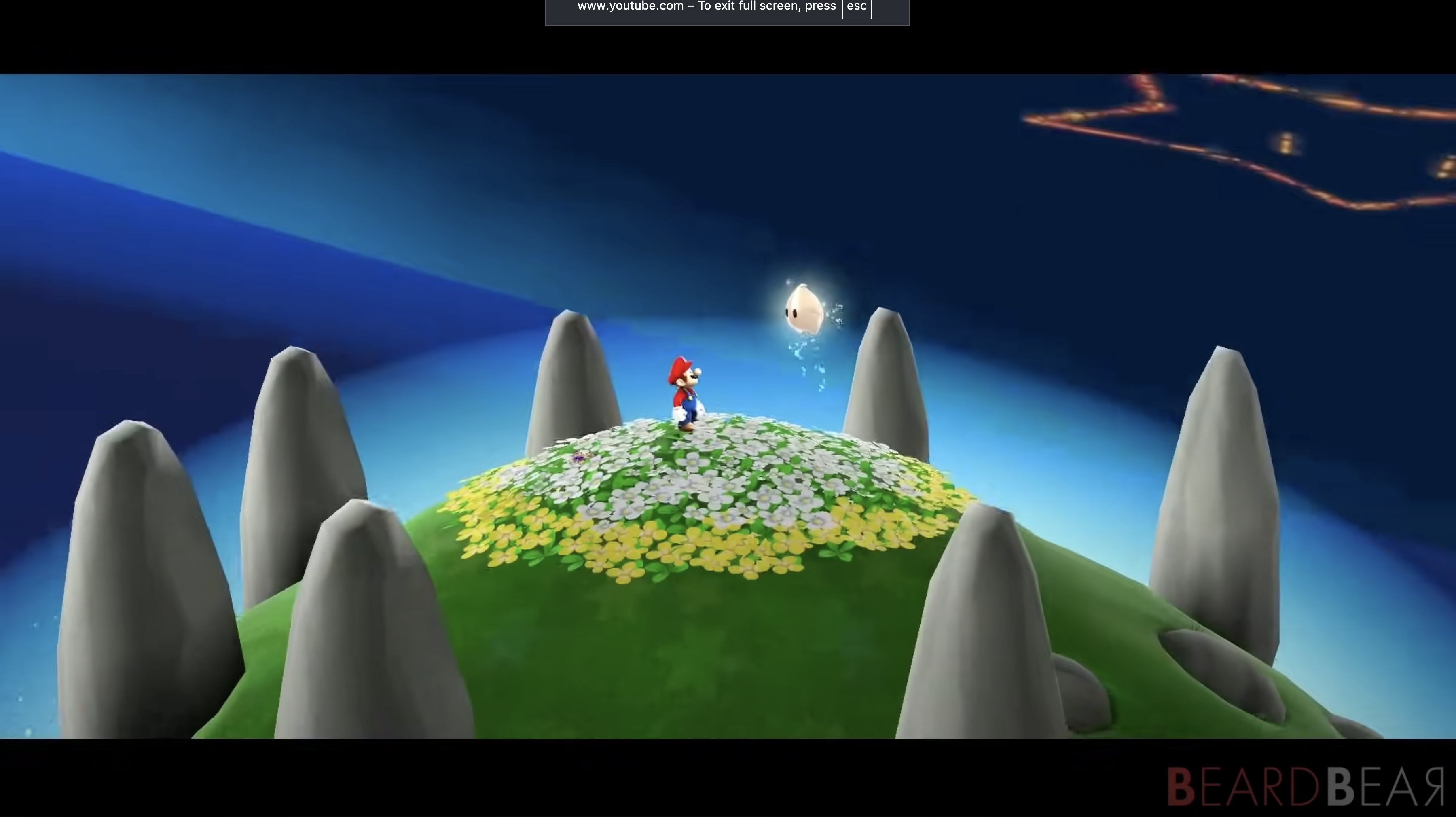Sadly, it's here where the Switch versions' biggest issue rears its head. Like the 3D All-Stars version of Galaxy, both games here replace the Wii Remote's pointer aiming with a new gyro system, which attempts to replicate the feel of the original with tilt aiming on the right Joy-Con, or tilting the Switch itself in portable mode.
In practice, it's a fine solution to a mechanic that previously required players to hook up a sensor bar to their television, especially in the first Galaxy game where pointing feels like a secondary consideration.
In Galaxy 2, however, pointer aiming with Yoshi is far more integral to gameplay, exposing the inaccuracy of the gyro system compared to the Wii original. Players are frequently required to accurately aim at enemies and items during intense sequences, and while it does work, it just feels awkward compared to the Wii Remote, which you could simply point at the thing you wanted Yoshi to eat.
"Players are frequently required to accurately aim at enemies and items during intense sequences, and while it does work, it just feels awkward compared to the Wii Remote, which you could simply point at the thing you wanted Yoshi to eat."
Handheld mode comes off worse in this regard, as players are required to tilt the entire system, which feels impractical for some of Galaxy 2's tougher levels. Annoyingly, Switch 2's mouse controls are restricted to just the 2-player co-op function (which allows a second person to shoot Star Bits).
It would have taken some control remapping for jumping, but it would have been interesting to see if Nintendo could have come up with a way to play with movement on the left Joy-Con and mouse-based cursor controls on the right.
